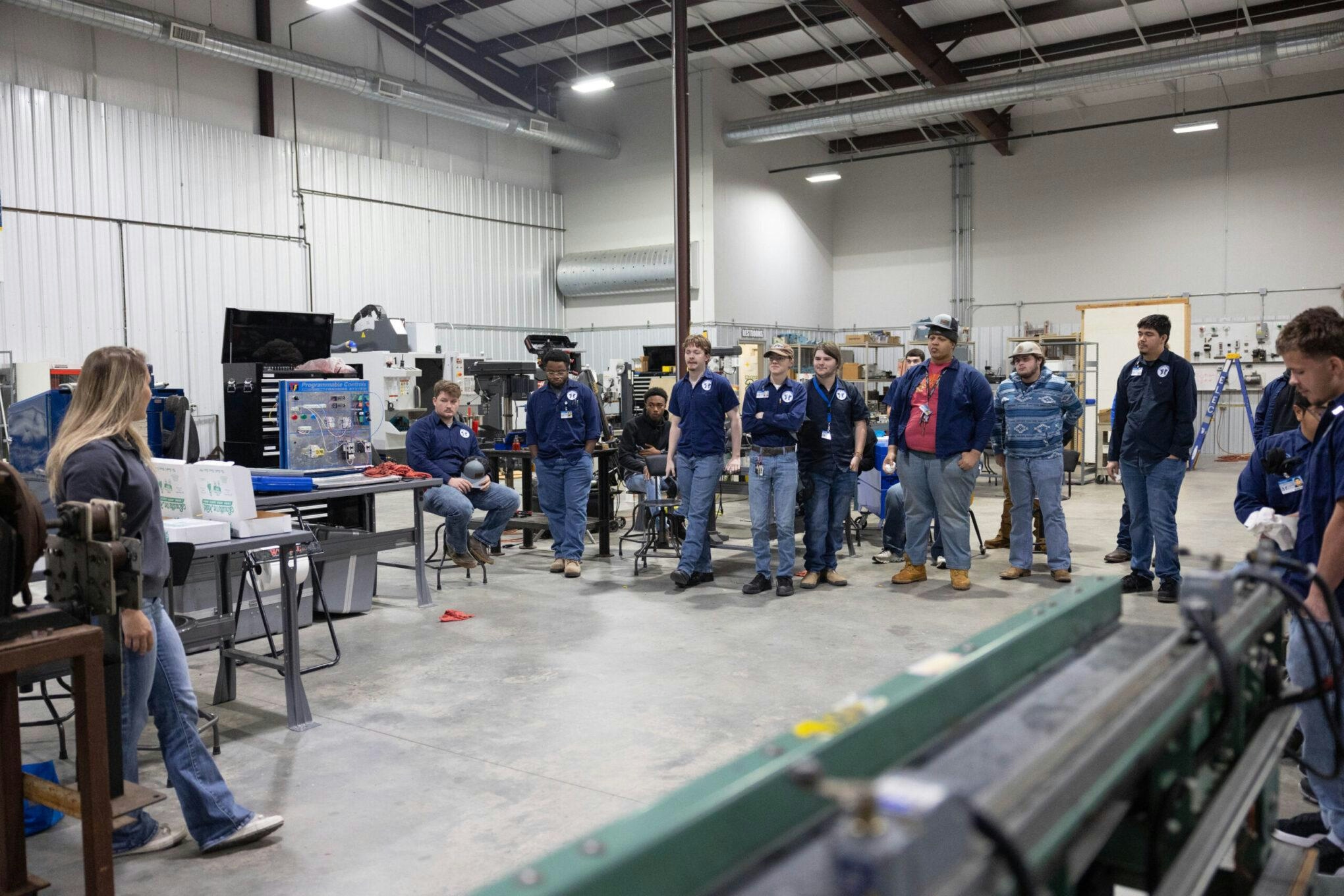
AeroGenie: il tuo copilota intelligente.
Tendenze
Categories
GE Aerospace and Shield AI Partner on Propulsion for X-BAT Vehicle Program
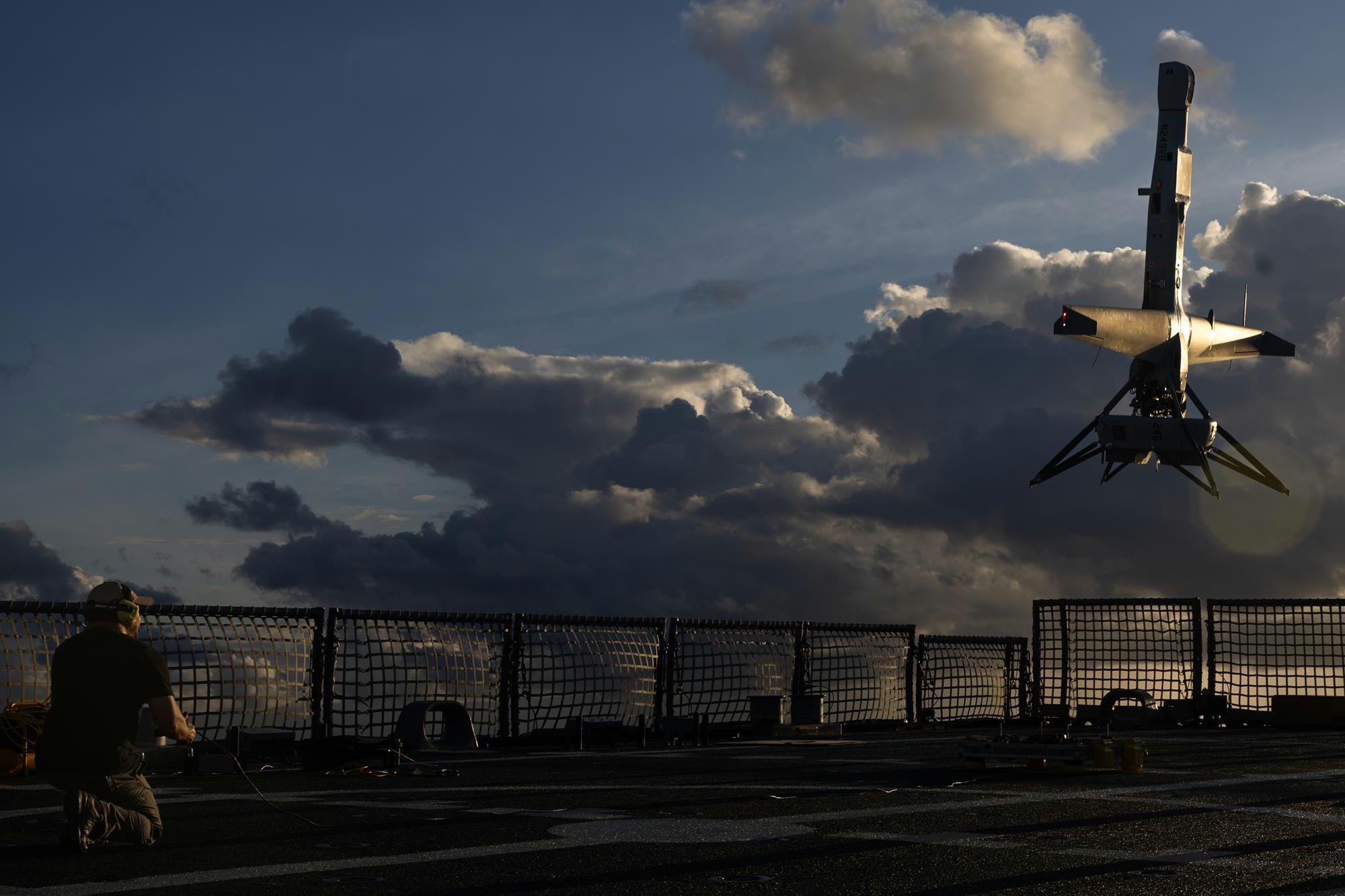
GE Aerospace and Shield AI Collaborate on Propulsion for X-BAT Vehicle Program
CINCINNATI, Nov. 5, 2025 — GE Aerospace (NYSE: GE) and Shield AI have formalized a partnership to develop propulsion technologies for Shield AI’s innovative X-BAT vehicle program. The collaboration, established through a recently signed Memorandum of Understanding (MOU), designates GE Aerospace’s F110-GE-129 engine—featuring the advanced Axisymmetric Vectoring Exhaust Nozzle (AVEN)—as the powerplant for the X-BAT. This AI-piloted vertical take-off and landing (VTOL) fighter jet is engineered to operate effectively in contested and austere environments.
Propulsion and Autonomy Integration
GE Aerospace will provide propulsion expertise and testing support to accelerate the X-BAT’s progression from concept to operational deployment. Amy Gowder, president and CEO of Defense & Systems at GE Aerospace, highlighted the synergy between the two companies, stating, “We’re excited to pair GE Aerospace’s proven experience in developing and scaling propulsion systems with Shield AI’s vehicle development to move faster from concept to capability.” She emphasized the partnership’s role in redefining the integration of advanced propulsion technologies within autonomous systems tailored for mission-critical applications.
Unveiled on October 21 in Washington, D.C., the X-BAT incorporates Shield AI’s Hivemind autonomy software, designed to deliver scalable and survivable combat mass. The aircraft is capable of operating independently or as a drone wingman, providing operational flexibility across both manned and unmanned missions. Armor Harris, senior vice president of aircraft engineering at Shield AI, noted the significance of the F110 engine’s legacy, describing it as “one of the most successful and reliable fighter engines in history” with operability characteristics well-suited to the X-BAT’s VTOL design.
Technical Capabilities and Challenges
The F110 engine, boasting over 11 million flight hours and four decades of continuous production, contributes substantial reliability and thrust to the program. The AVEN nozzle enhances the engine’s capabilities by enabling thrust vectoring for vertical flight and improving maneuverability during horizontal flight, which is critical for the X-BAT’s runway-independent operations.
Despite the promising technological advancements, the partnership faces considerable challenges. The high costs associated with developing and deploying autonomous combat systems remain a significant barrier. Additionally, navigating the complex regulatory landscape governing military drone operations presents ongoing difficulties. Achieving the desired levels of autonomy and performance introduces further technological risks. Market analysts have expressed skepticism regarding the feasibility and cost-effectiveness of the X-BAT’s capabilities, particularly its ability to operate without reliance on traditional runways. Concurrently, competitors within the defense sector are anticipated to accelerate their own developments in autonomous drone technology, intensifying the competition to produce next-generation combat aircraft.
Strategic Importance and Future Outlook
Both GE Aerospace and Shield AI underscore the strategic value of their collaboration. By combining GE Aerospace’s propulsion development, testing, and certification expertise with Shield AI’s autonomous aircraft technology, the partnership aims to expedite readiness for future unmanned applications.
GE Aerospace continues to broaden its portfolio of partnerships to advance propulsion and flight technologies. As demand increases for affordable and reliable propulsion solutions in both manned and unmanned defense platforms, the company remains committed to addressing current mission requirements while shaping the future landscape of aviation.
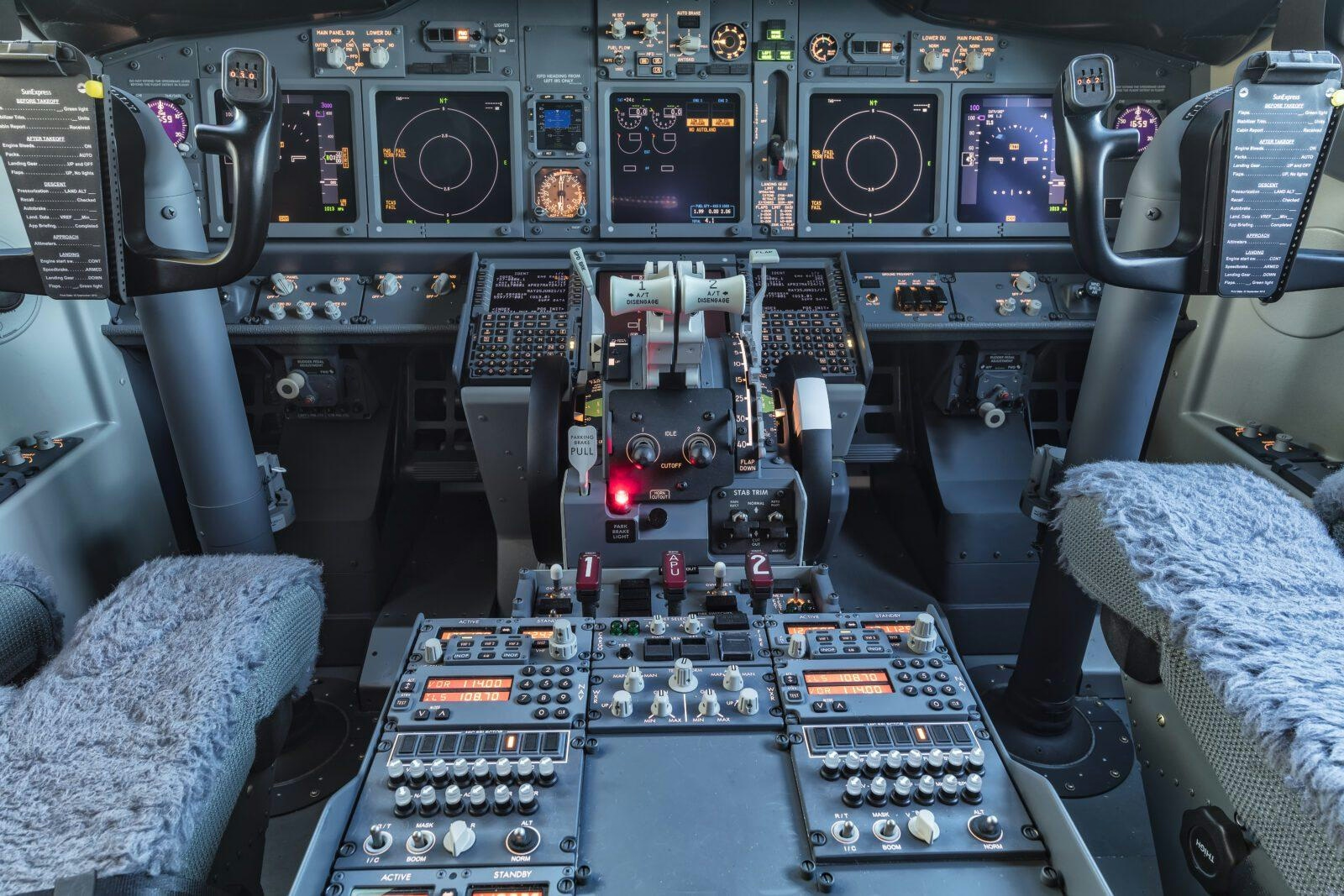
Investigators Examine Theory That Cockpit Sun Visor Caused Boeing 737 Engine Shutdown After Takeoff

Comparing the Fuselage Lengths of the Airbus A350-1000 and Boeing 787-10
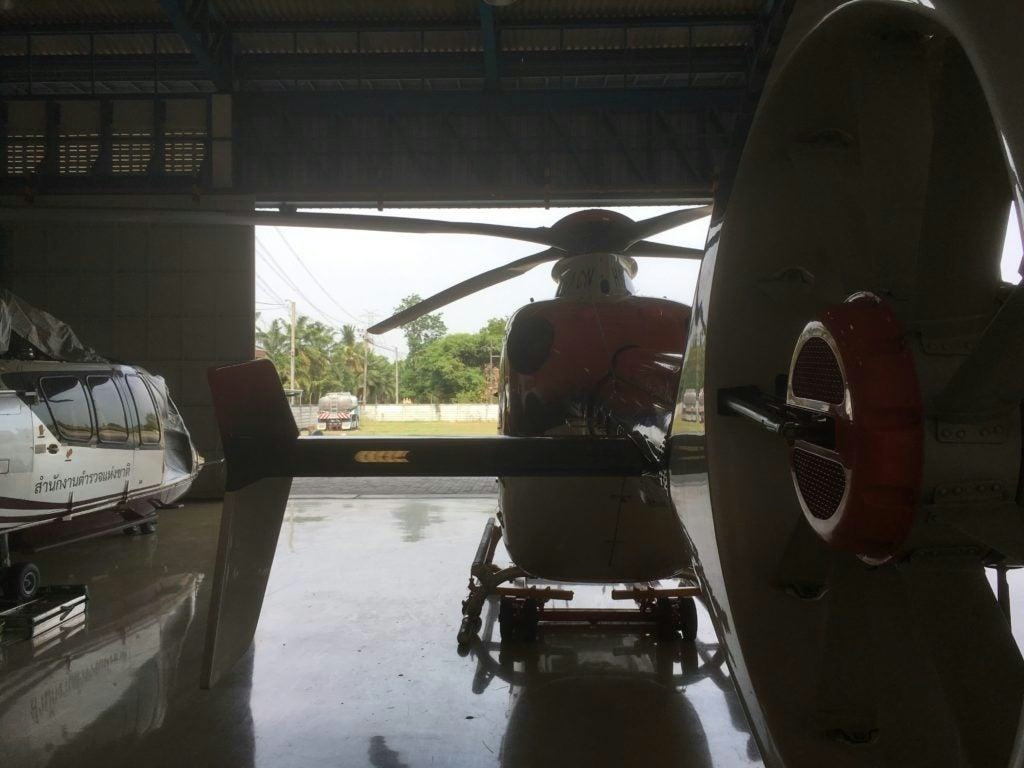
Thailand Establishes U-Tapao Aircraft MRO Center Contract for January 2026
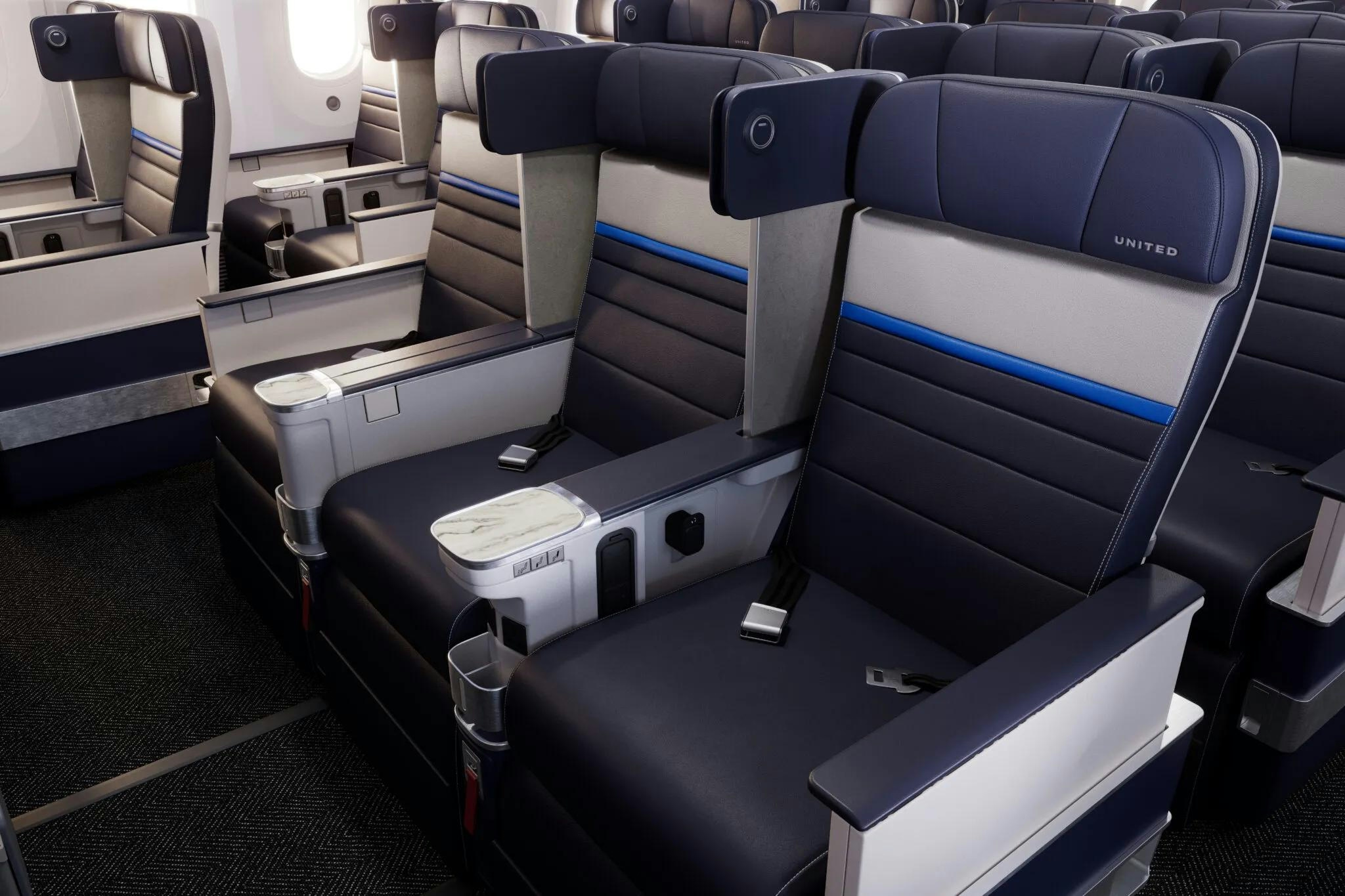
United Airlines Announces Routes for New Premium Boeing 787s
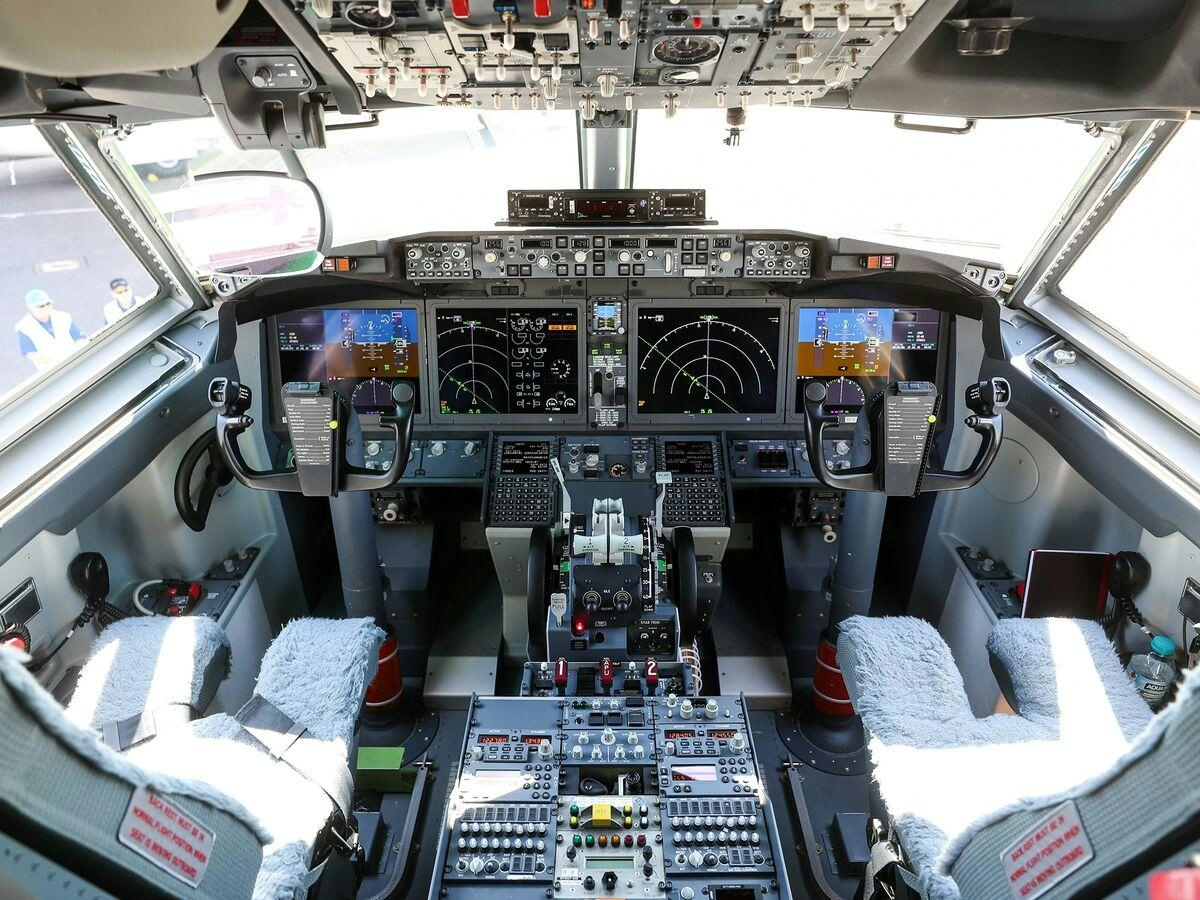
Boeing Introduces Remote Co-Pilot Technology
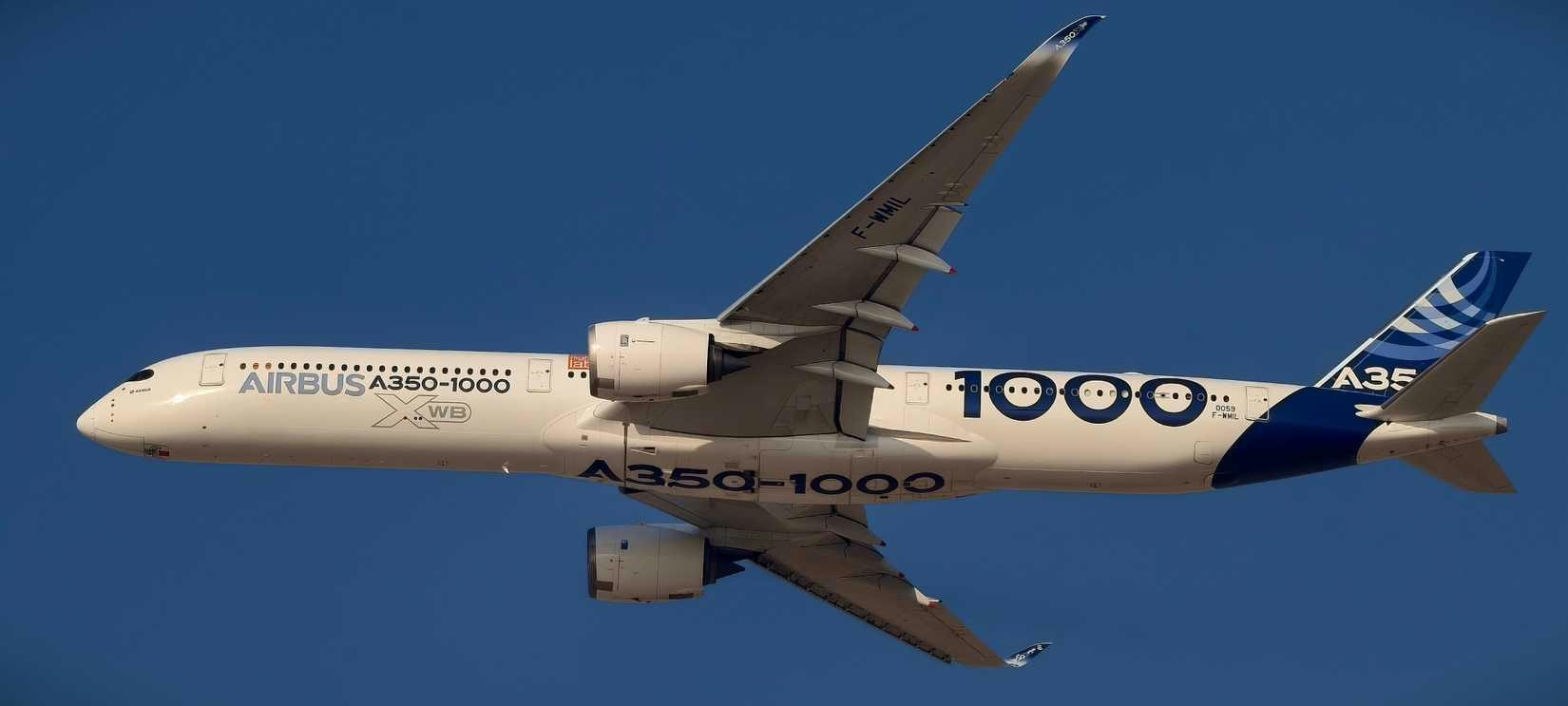
The Airbus A350-1000’s Fuel Efficiency Advantage Explained
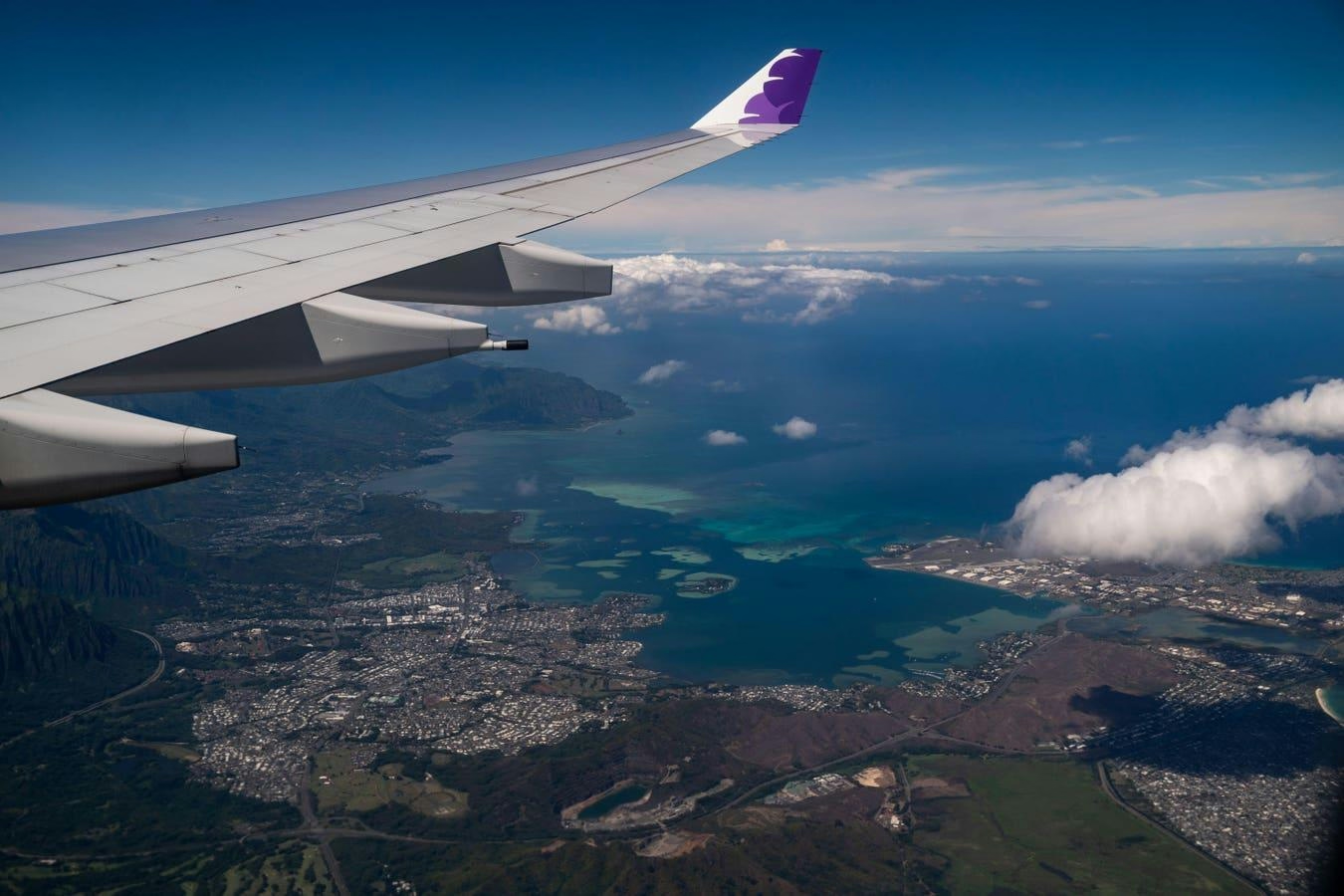
McNally Capital Expands Aviation Operations to Support Global Tourism

Two Young Climbers Begin Winter Ascent of McKinley

Elroy Air’s Autonomous Chaparral Delivers Lunch on A-to-B Flight
